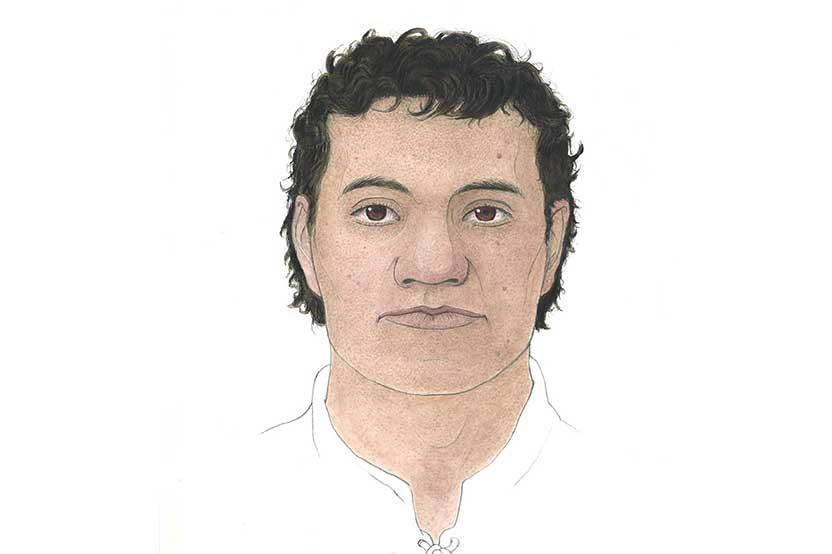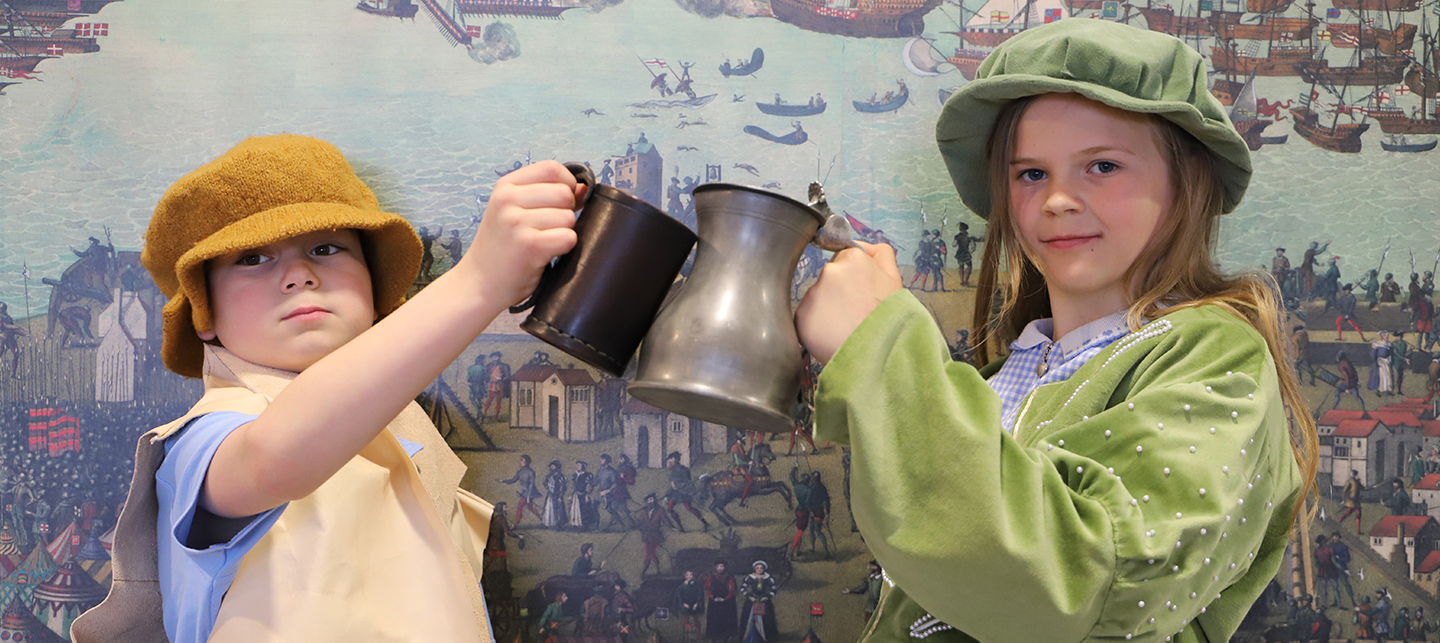Who was he?
‘Henry’ was given his name by members of the dive team who found him in the 1970s, down in the hold of the Mary Rose. We don’t know his real name, or what he role was on board the ship.
We do know that he was young – the ends of many of his long bones had not fused, and some of his teeth had not erupted, suggesting he was a teenager, between 12-18 years old. His left shoulder blade has deep depressions where the ligaments attached and similar features on his arms for muscle attachment – so his muscles were well developed.
His spine already showed signs of osteoarthritis and degenerative disease. His left leg had been knocked out of its socket, taking a bit of the rim with it and leaving a hole in the top of his femur. The tops of both lower leg bones have extra bony outgrowths, due to heavy work. He had a stress fracture in his left leg near his ankle and unusual pits in both his index fingers. Not yet fully grown, he was just over 1.7m (5 foot 7 inches) tall.
Lines found on his teeth show that he had suffered a disease or poor nutrition at the age of four or five. Huge cavities in the sides of his molars suggest he held something sweet between his teeth and cheeks for long periods.
Isotope analysis indicates that he grew up in the West or along the South coast of England.
DNA was also extracted from his tooth and analysed using Next Generation Sequencing. The results revealed that he is genetically similar to current-day Moroccans, Mozabite Berbers of Algeria or individuals from the Near East.

